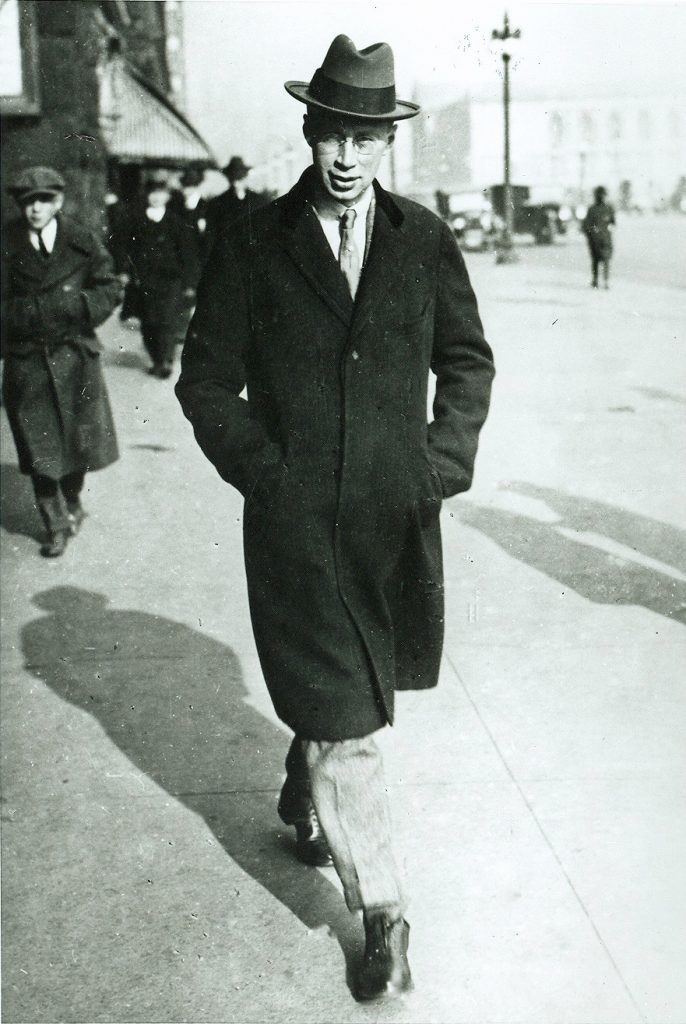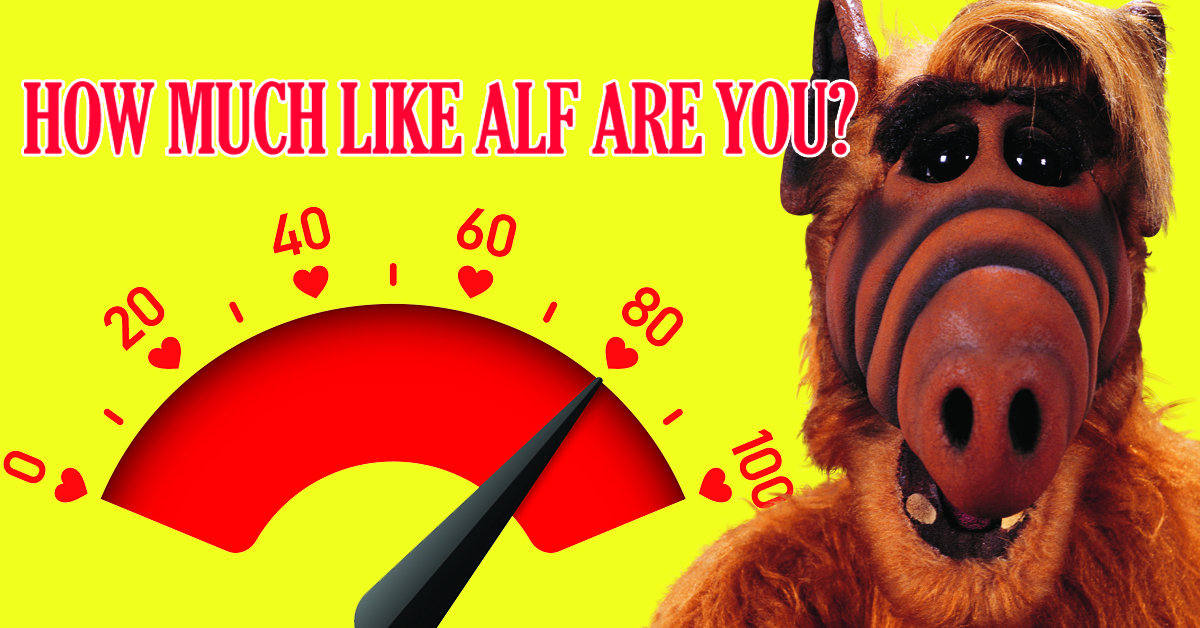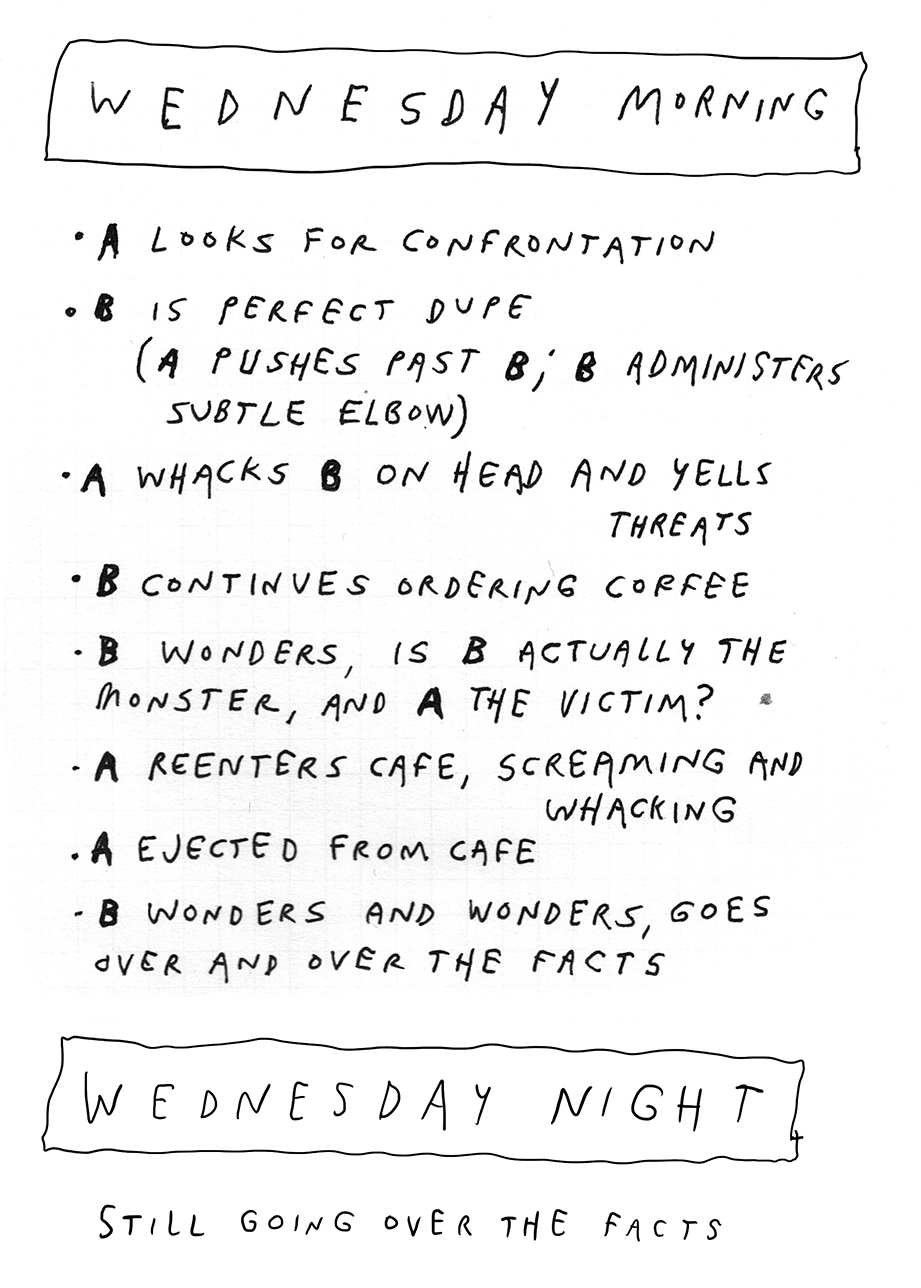A Poem by Safia Jama
Industrial Design & Sunset
This taxi smells like the tiny box of empanadas
warming my lap
Eastward is summer sky, a row of trees
before a row of tombstones
I recall how as a kid, I loved the black hearse best
Once, after I stole my first candy, I saw one make a wide turn
failing to notice the funeral home
I yearned to ride in that glamour reserved for the dead
so much better than the fake wooden wagons
that smelled of dogs and dogs’ cages.
Now a silver ribbon of river runs a barely visible silk
thread—Chrysler drips demure jewels as night declines
I still yearn for the black bustle, promise of whalebone,
silk bows, and men in tailored suits waiting to kiss
my hand
Safia Jama is a Cave Canem graduate fellow, born to a Somali father and an Irish-American mother in Queens, New York. Her manuscript was a semi-finalist in the Pleiades Press Editors Prize for Poetry.
The Poetry Section is edited by Mark Bibbins.
Raw M.T., "Uluwatu's God"
I guess the good news is, as far as I can tell, no one has gotten used to how awful everything is all the time yet. Also, here’s music. Enjoy.
New York City, November 28, 2017
 ★★★ The overnight chill hung on, so that no particular coat could be right for both ends of the commute. The light was ugly and dazzling. Even at midday people with their coats hanging open thrust their hands in the pockets. The fronts of buildings were just fire-escape shadows. Ice was melting where it had been dumped out on the sidewalk. The fattening moon shone bright and alone, and wind swept Union Square clean. There was nothing wrong with any of it beyond that it was a bad time of year.
★★★ The overnight chill hung on, so that no particular coat could be right for both ends of the commute. The light was ugly and dazzling. Even at midday people with their coats hanging open thrust their hands in the pockets. The fronts of buildings were just fire-escape shadows. Ice was melting where it had been dumped out on the sidewalk. The fattening moon shone bright and alone, and wind swept Union Square clean. There was nothing wrong with any of it beyond that it was a bad time of year.
My Mid-Prokofiev Book Midlife Crisis About Prokofiev's Midlife Crisis

The P-man himself strolling down Michigan Avenue in 1919.
We’re more than halfway through Prokofiev month, and lucky for me—and you, for what it’s worth—I’m more than halfway through my big Prokofiev biography, which means I’ll be on track to finish up with a big treat for next week’s piece (trust me). Being halfway through the book means I am also halfway through Prokofiev’s life, and he, not unlike all of us, had something of a mid-career crisis which I am thrilled to be exploring this week.
As I wrote last week, Prokofiev often found himself writing between two worlds: the very modern and atonal style of Stravinsky and pals, and the old classical music that still swept continental Europe. This did not really chill out for him in the 1920s. In fact, it worsened! By this point in time, Prokofiev had left Russia right on the cusp of it becoming the USSR so he could tour in Europe and the United States. One of the things I was most excited to read about in this biography was about Prokofiev’s time in Chicago, where I am from. Unfortunately, he did not like Chicago, and he thought we were all morons! That’s fine! Who cares! I’m over it! Following years of touring, Prokofiev landed in Paris for a while where he hung around with Stravinsky and his benefactor Serge Diaghilev and some other Russian expats.
U.S. Girls, "Velvet 4 Sale"
It is not easy to admit when I’ve been wrong, particularly since it occurs infrequently, but a significant marker of adulthood is the ability to confront your errors and acknowledge them. So I have to confess that I was deeply misguided to be dismissive about the phrase “I can’t even” as it began to gain currency. Given everything that is going on now not only have I changed my mind about it, but I believe we should figure out the Latin and use it to replace “E pluribus unum” in every case going forward. Anyway, here’s music, enjoy.
New York City, November 27, 2017
 ★★★ The early blue of the sky was so clear and even that a glass-faced building looked like an empty framework, the reflected east indistinguishable from the surrounding west. Lines and flecks of cloud appeared, then translucent sheets. What to wear on an ordinary seasonable day had become a puzzle. The late yellow leaves had come hustling down out of the trees faster than they were being swept up. Cellar doors and grates caught the gleam of sunlit buildings high above the darkening afternoon streets.
★★★ The early blue of the sky was so clear and even that a glass-faced building looked like an empty framework, the reflected east indistinguishable from the surrounding west. Lines and flecks of cloud appeared, then translucent sheets. What to wear on an ordinary seasonable day had become a puzzle. The late yellow leaves had come hustling down out of the trees faster than they were being swept up. Cellar doors and grates caught the gleam of sunlit buildings high above the darkening afternoon streets.
Caput Mortuum, An Earthy Brown Made of Bodies (or Minerals!)
.
.
.
.
.
.
.
.
.
In fairytales, human bodies are often repurposed into everyday objects. In Northumbria, a wandering singer harvests the bones of a maiden found drown in a river, creating a magical harp from her ribcage that sings the story of her murder. A similar tale from Germany involves two brothers and truth-telling horn made from a thighbone. In Jack and the Beanstalk, a giant threatens to destroy a trespasser by grinding his bones into flour and baking it into bread. And in Russian mythology, Baba Yaga lives in a house decorated with skulls, which serve as candleholders and chalices. True crime podcasts frequently discuss the various ways in which serial killers have repurposed human bodies to suit their fantasies, from Ed Gein’s dead skin masks to Anatoly Moskvin’s mummified harem. These stories are scary not just because of the repulsion factor, but also because they remind us of an uncomfortable fact. A body is as much an object as a candle or a loaf of bread or even a beautiful work of art. And some works of art are made, quite literally, from the remains of others.
Caput mortuum, Latin for “dead head,” is a dark brown paint that looks violet in some lights, maroon in others. It is earthy and intense, and like many browns, it can run in opposite chromatic directions when diluted. Some versions of caput mortuum paint tend toward the yellow end of the spectrum, while others wash into a light, yet slightly murky lavender. Despite its foreboding name and strange history, it is a rather simple, homey color. The substance reached the height of its popularity in the 18th and 19th centuries. It gets its hue from pulverized, mummified bodies (both human and feline) and its name from alchemy.
TV For The Nostalgic Narcissist

Who were you (assuming you were around) when ALF touched down, and Diane Chambers left Boston to write her novel? Or when Natalie Green learned sexual assault could find us even on manicured private-school campuses, even while in drag, as Charlie Chaplin? If you believe Don Draper’s definition of nostalgia (“pain from an old wound,” and a “twinge in your heart far more powerful than memory alone”), these references will stir only if you remember certain plots of the 1980s sitcoms “ALF,” “Cheers,” and “The Facts of Life,” while also mourning the lost emotional milieu in which you first encountered them.
That’s something different than comfort, which is what New York magazine reports we are seeking from this fall TV season, largely in the form of NBC’s sophomore hit “This Is Us.” It’s true that there is nostalgia to be found in that show as it follows, from 1980 forward, two generations of a mostly white family shaped by the adoption of an African American infant, and the (as yet unexplained) premature death of the family patriarch. But with its Upworthy-like sincerity, I do not happen to find comfort in “This Is Us,” except in the way it’s comforting to know what Mandy Moore will look like by the time she is old enough to star in Boniva commercials. Nor am I experiencing comfort or nostalgia either one through the new reboot of “Will and Grace,” whose world seems to have shrunk even as its worldview has expanded, to “wokeness,” MAGA, and contemporary gay phenomena like the Daddy.
No, for both comfort and nostalgia this fall TV season I turn to meTV. The “me” is actually an acronym, for “Memorable Entertainment,” but I prefer to think of it as something more intuitive, for a possible audience of one.
Makeness, "Day Old Death"
If you’re not yet fully dug out from everything that piled up over the long weekend just remember that the world in which we live is an illusion designed to make us feel that the things we do have meaning, which is important since they most assuredly do not and if we ever allowed ourselves to accept that we would never open another email again. So relax. Also, here’s music, enjoy.

